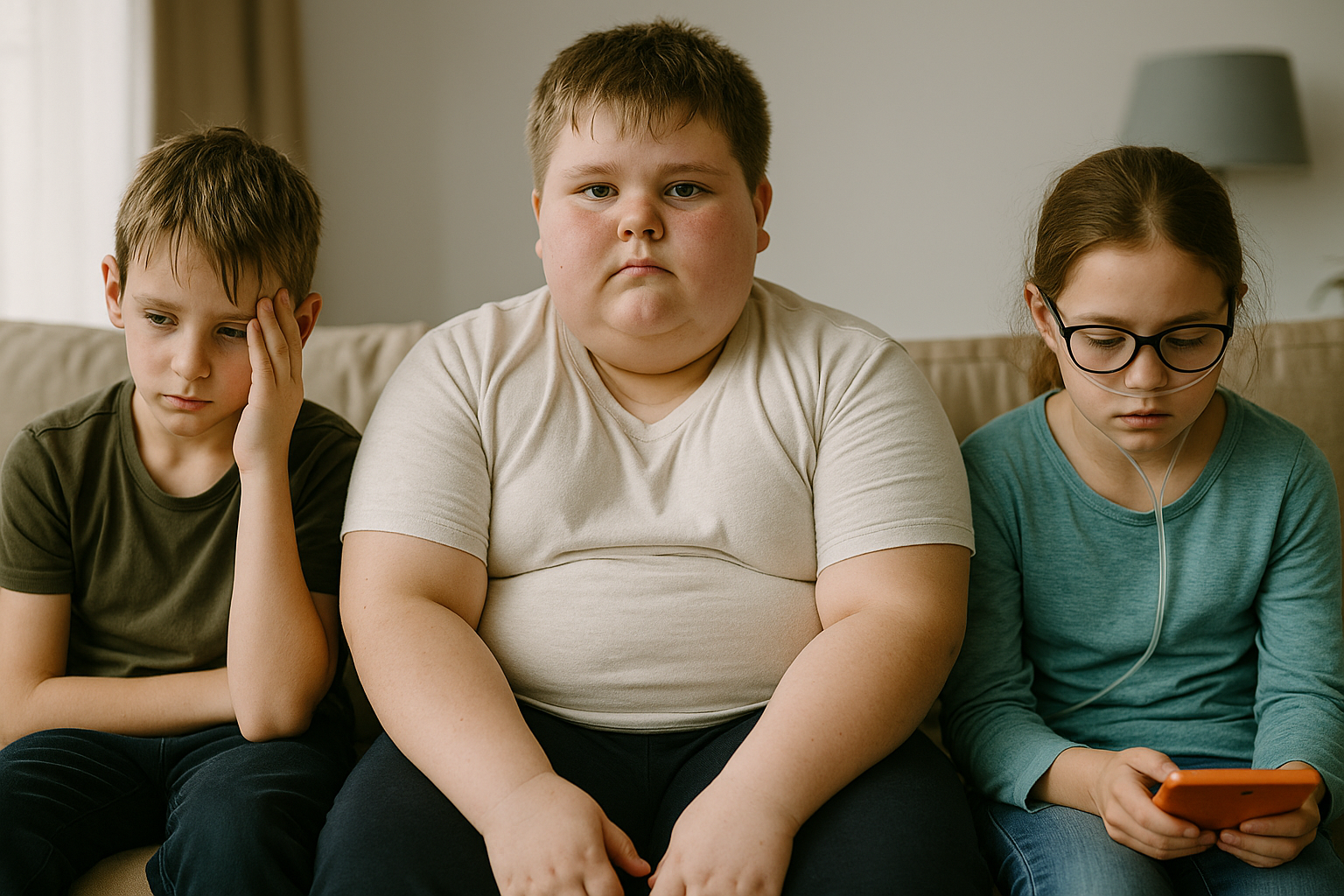Website designed with the B12 website builder. Create your own website today.
Start for free
“I don’t want to go to school today,” 13-year-old Maya told her mom, clutching her stomach. It was the third time that week, and there was no fever or flu in sight. What Maya couldn’t yet articulate was the knot of anxiety that twisted in her gut each morning—an invisible weight that made the school hallways feel like a battlefield. Stories like Maya’s are becoming alarmingly common across the country.
A quiet crisis is building in the lives of American children—and the data is more alarming than ever. A new study published in JAMA reveals that the number of U.S. children living with at least one chronic health condition has risen sharply over the past decade, climbing from 40% in 2011 to nearly 46% in 2023. These chronic issues include asthma, diabetes, obesity, and mental health disorders such as anxiety and depression.
What’s especially troubling is that these conditions are not occurring in isolation. Instead, children are increasingly facing multiple, interconnected challenges that compound one another. For instance, a child with obesity may also struggle with anxiety, which in turn may disrupt sleep or lead to academic challenges—creating a downward spiral of declining health and diminished well-being.
Perhaps the most urgent concern is the alarming rise in mental health struggles among youth. Anxiety and depression rates have more than tripled in some regions, with social media pressures, academic stress, and family instability contributing to this surge. Loneliness, once a term associated with the elderly, is now commonly reported by teens and even preteens. Many kids also report persistent physical symptoms such as headaches, stomach aches, and chronic fatigue—often with no clear medical explanation but clear emotional roots.
These mental health conditions often go undiagnosed or undertreated. Long wait times for pediatric therapists, limited insurance coverage, and stigma around emotional distress leave many families without options. It’s no wonder that emergency rooms are increasingly becoming frontline providers for youth in crisis.
The burden of these conditions doesn’t fall evenly. Children from low-income families and historically marginalized communities are significantly more likely to experience poor health outcomes. Food insecurity, environmental stressors, limited access to quality healthcare, and systemic inequities all contribute to this disparity. In rural areas, mental health support is particularly scarce, making it even harder for struggling children to find help.
Pediatricians like Dr. Christopher Forrest of Children’s Hospital of Philadelphia call this a “national wake-up call.” He emphasizes that health is not just a personal responsibility—it’s a public one. “When nearly half of our kids are sick or mentally unwell, we need to start asking hard questions about the environments they’re growing up in,” he says.
Experts agree: this is not a problem any one system can solve alone. Schools, families, healthcare providers, community organizations, and policymakers must work together to reverse these trends. That means expanding school-based mental health programs, reimagining physical education and nutrition policies, offering universal screening for emotional and physical conditions, and ensuring all families have access to affordable care.
In particular, early childhood intervention is key. Programs that support parents in the first five years—through home visits, community clinics, and parental mental health care—have long-lasting positive effects. Likewise, culturally competent care is essential to reach children from all backgrounds with sensitivity and effectiveness.
If you’re a parent, teacher, or community leader, here are a few ways to get involved:
The data may be sobering, but it’s not irreversible. With coordinated action and compassionate attention, we can create a future where fewer children fall through the cracks. Every child deserves to grow up healthy, both in body and mind—and it's up to all of us to make that possible.
Sources: JAMA Network, AP News, UCLA Health, Children’s Hospital of Philadelphia.